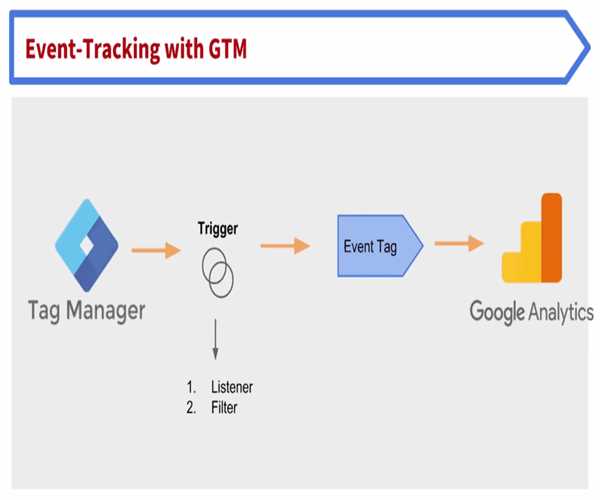Google Tag Manager is a free tool from Google that enables website owners to manage and deploy marketing and analytics tags on their website without requiring the help of a web developer. Tags are small snippets of code that track various aspects of user behavior on a website, such as pageviews, clicks, and form submissions.
Here's how Google Tag Manager works:
Step 1: Set up a Google Tag Manager account The first step is to set up a Google Tag Manager account by visiting the website and signing up with your Google account.
Step 2: Add the Google Tag Manager code to your website Once you have created your account, you need to add the Google Tag Manager code to your website. This code is a small piece of JavaScript code that needs to be added to the header section of your website.
Step 3: Create a container in Google Tag Manager After adding the Google Tag Manager code to your website, you need to create a container in Google Tag Manager. A container is a place where you can manage all the tags for your website.

Step 4: Add tags to your container Once you have created a container, you can start adding tags to it. You can add tags for Google Analytics, AdWords, Facebook, Twitter, and other marketing and analytics tools.
Step 5: Publish your container After adding tags to your container, you need to publish it. Once your container is published, the tags will be deployed on your website.
Step 6: Test your tags After publishing your container, you should test your tags to ensure they are working properly. You can use Google Tag Assistant or other browser extensions to test your tags.
Step 7: Update your tags Once your tags are deployed, you can update them at any time. You can add new tags, remove old tags, or modify existing tags as per your requirements.
In summary, Google Tag Manager is a powerful tool that allows website owners to manage and deploy marketing and analytics tags on their website without requiring the help of a web developer. By using Google Tag Manager, you can track user behavior on your website, measure the effectiveness of your marketing campaigns, and make data-driven decisions to improve your website's performance.